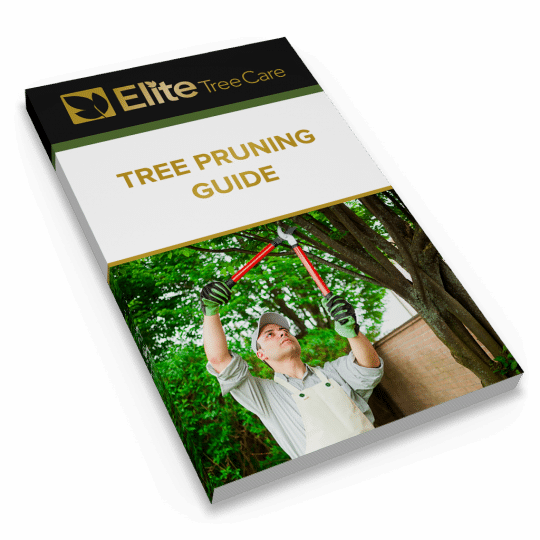Can Pruning Trees Help Control Pests?
It May Depend on the Insect
Posted
November 14, 2024

Fall is an ideal time to assess trees for pests and, if necessary, plan treatments. Treating a tree now not only targets pests at a vulnerable stage, but it also helps ensure the plant can bounce back in the spring. Learn how pruning trees helps control pests and what other specific methods to use.
Specific Pest Control Methods
Just as there are different pests that can attack your tree, there are specific control methods that target each pest.
- Emerald Ash Borer. Insecticides for this pest are typically applied in the spring as a preventative measure. Speak to a pest control specialist or tree care professional for available options. Tree removal may be the best choice under severe circumstances.
- Asian Longhorned Beetle. Remove and properly dispose branches dotted with large holes. If too many branches are infected, the whole tree may need to go in order to prevent spread to healthy plants. A pest control professional may recommend insecticides in active cases.
- Aphids. Start by spraying the affected areas with a strong stream of water to knock aphids off. There are also insecticidal soap and oils that work to suffocate the pests. Other beneficial bugs, like ladybugs or lacewings, are natural predators.
- Spider Mites. Since these pests prefer dry conditions, regularly spraying the tree with water can help dislodge mites and drive them away. If you’re going to use a miticides, timing is critical for effectiveness.
- Scale Insects. Apply insecticidal soaps in the fall when young crawlers are vulnerable. Apply horticultural oil in the winter or early spring to continue to smother the insects during dormant season. Remove and properly dispose any heavily infested branches.
- Gypsy Moth. Look for egg masses in the late fall or winter and scrape them off the plant for proper disposal. For any that make it to the spring, insecticide or sticky bands can be used to trap and treat the caterpillars.
- Eastern Tent Caterpillar. Remove and destroy the silk tents in the early morning or evening when caterpillars are present. Prune any branch heavily covered in silk. Use an insecticide in the spring to control caterpillars.
- Oak Leaf Miners. Most infestations are managed by removing the affected leaves, but insecticides can be used if needed.
- Webworms. Prune away the webs or spray them with insecticide. However, birds and other insects are usually a huge help in reducing webworm populations.
While there are several strategies for controlling fall tree pests, including manual removal, biological controls, and chemical treatments, sometimes the best method is using a combination of all three. It’s also important to remember that maintaining tree health is one way to help keep your tree strong in its fight against disease and pests. Proper watering, mulching, and fertilization are all essential in preventing future problems.
Pruning Trees to Control Pests
Even though fall is not an ideal time to prune, it may be necessary to remove damaged branches before they become property hazards. Removing branches entangled by webworm and caterpillar webs are also helpful to remove entire populations at one time. Just be careful not to prune too much of the tree at once.
If you notice many infected branches, it’s best to call a tree care professional for advice before you end up killing the tree when you only wanted to kill the pests. Contact Elite Tree Care to help determine whether your plants require light pruning, insecticide, or removal to stop the spread of fall’s most common tree pests.

Download Your FREE Tree Pruning Guide
Learn how, when, and how much to trim or prune your trees to maximize their health and beauty. This guide covers the factors that go into tree trimming (pruning) and will help you make a more informed decision about hiring a professional tree service.